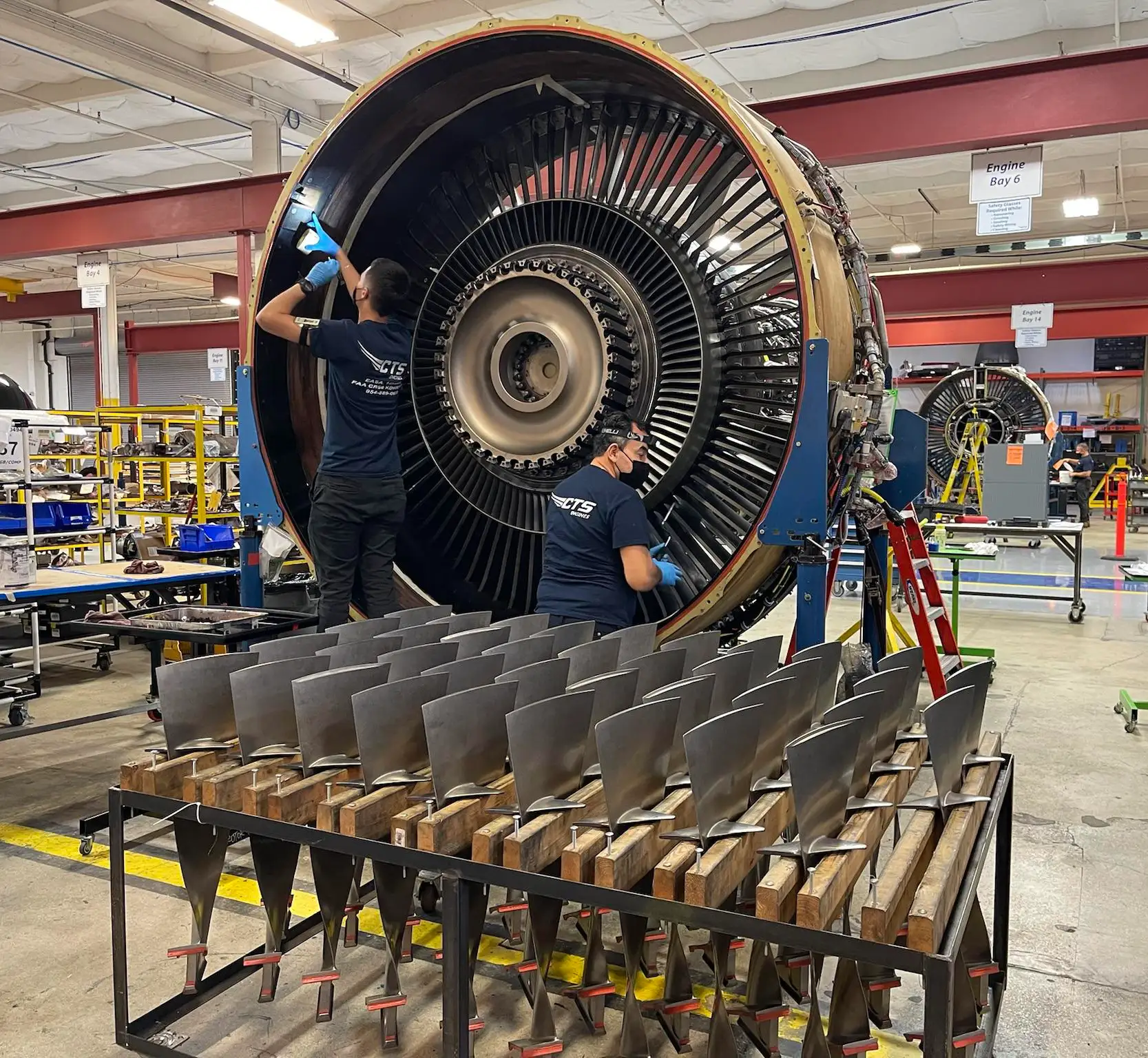Engines for Africa Available Currently! Browse Through Our Trusted Vehicle Components Store
Engines for Africa Available Currently! Browse Through Our Trusted Vehicle Components Store
Blog Article
The Pursuit for Ultimate Driving Power: Examining the Peak of Engine Performance and Technological Innovations in the Automotive Industry
In the world of automobile engineering, the quest of optimum driving power has been an unrelenting mission that has unfolded through the advancement of engine layout and the integration of innovative innovations. From the meticulous workmanship of burning engines to the quick improvements in electrical propulsion systems, the auto market stands at the cusp of a new period identified by unmatched efficiency capabilities. As researchers and engineers delve deeper into the realms of computational liquid characteristics and explore ingenious gas modern technologies, the horizon of opportunities expands significantly. Remain tuned as we untangle the intricate tapestry of technical breakthroughs that are shaping the future of automobile power and performance.
Development of Engine Design

Furthermore, the combination of turbocharging and turbo charging technologies has transformed engine design by boosting power without considerably boosting engine dimension. These forced induction systems press the consumption air, permitting more fuel to be ignited, therefore generating higher power result from a smaller engine. This improvement has actually been particularly important in boosting the efficiency of smaller displacement engines while maintaining fuel effectiveness criteria.

Performance-Enhancing Gas Technologies
The execution of sophisticated gas technologies has dramatically contributed to boosting engine efficiency in contemporary cars. Biofuels, acquired from renewable sources like algae, corn, or sugarcane, offer improved and decreased emissions engine performance. In addition, gas additives and detergents are being developed to clean engine components, optimize burning, and lower rubbing, thus increasing total vehicle efficiency.
Developments in Electric Propulsion
Substantial strides in electric propulsion innovation have revolutionized the automobile industry, leading the means for a brand-new age of effective and sustainable transportation. Electric cars (EVs) are getting popularity as a result of their environmental benefits and advancements in battery technology, enabling longer driving arrays and shorter billing times. Producers are spending heavily in r & d to boost the performance of electric propulsion systems, focusing on increasing power output, boosting power effectiveness, and decreasing overall weight.
One remarkable development in electric propulsion is the growth of advanced electric motors that supply higher torque and power density, leading to improved velocity and general Full Article driving performance. In addition, regenerative braking systems have been refined to record and keep energy during deceleration, further enhancing the effectiveness of EVs.
Additionally, the assimilation of clever innovations, such as expert system and anticipating analytics, is enhancing the management of electric propulsion systems, guaranteeing ideal performance under different driving conditions. These innovations in electrical propulsion are reshaping the auto landscape, driving the sector towards an extra sustainable and energized future.
Impact of Computational Liquid Dynamics
With improvements in electric propulsion pushing the limits of vehicle modern technology, the assimilation of Computational Liquid Characteristics is playing a pivotal role in maximizing wind resistant efficiency and enhancing general performance in vehicle style. Computational Fluid Characteristics (CFD) involves the usage of computer system simulations to analyze the flow of air around a lorry, making it possible for engineers to anticipate just how design modifications will certainly impact the rules of aerodynamics without the demand for costly physical prototypes. By precisely modeling air movement patterns, CFD permits the refinement of car shapes to lower drag, improve cooling, and enhance security.
CFD allows engineers to maximize air flow around elements such as radiators, engine bays, and wheel wells, adding to boosted efficiency and general driving experience. In final thought, the combination you could try this out of Computational Liquid Characteristics stands for a substantial action onward in the mission for ultimate driving power and performance in the automotive market.
Future Fads in Engine Development
In the dynamic landscape of auto engineering, cutting-edge innovations are shaping the future trajectory of engine innovation. The future of engine design is marked by a solid focus on sustainability, efficiency, and efficiency. Producers are increasingly focusing on creating engines that not only deliver high power outputs yet likewise prioritize ecological duty by boosting and lowering exhausts fuel efficiency.
One prominent fad in engine innovation important source is the increase of electrification. Hybrid and electrical powertrains are acquiring traction as viable choices to typical burning engines. These technologies provide the potential for significant reductions in carbon discharges and enhanced energy performance, lining up with global initiatives to combat environment modification.
Furthermore, developments in materials scientific research and production methods are allowing the manufacturing of lighter and more resilient engine components. This change towards lightweight products such as carbon fiber and light weight aluminum alloys adds to boosted efficiency and fuel economic climate.
Conclusion
In final thought, the pursuit of ultimate driving power in the automobile sector continues to drive advancements in engine style, fuel innovations, electrical propulsion, and computational fluid dynamics. The evolution of these innovations is forming the future of engine advancement, leading the way for much more effective and effective lorries (engines for africa). As the industry proceeds to press the boundaries of what is possible, we can expect to see much more revolutionary growths in the pursuit for peak efficiency
One of the essential milestones in engine style evolution is the shift from traditional carbureted engines to modern fuel-injected systems. By specifically metering the fuel delivery to each cylinder, fuel-injected engines enhance combustion, resulting in better efficiency and lowered ecological effect.
Furthermore, the assimilation of turbocharging and supercharging modern technologies has actually changed engine layout by improving power without substantially increasing engine size (engines for africa).The implementation of innovative fuel technologies has actually dramatically contributed to boosting engine performance in contemporary automobiles. Additionally, fuel additives and detergents are being developed to clean engine elements, maximize burning, and minimize rubbing, therefore boosting overall car efficiency
Report this page